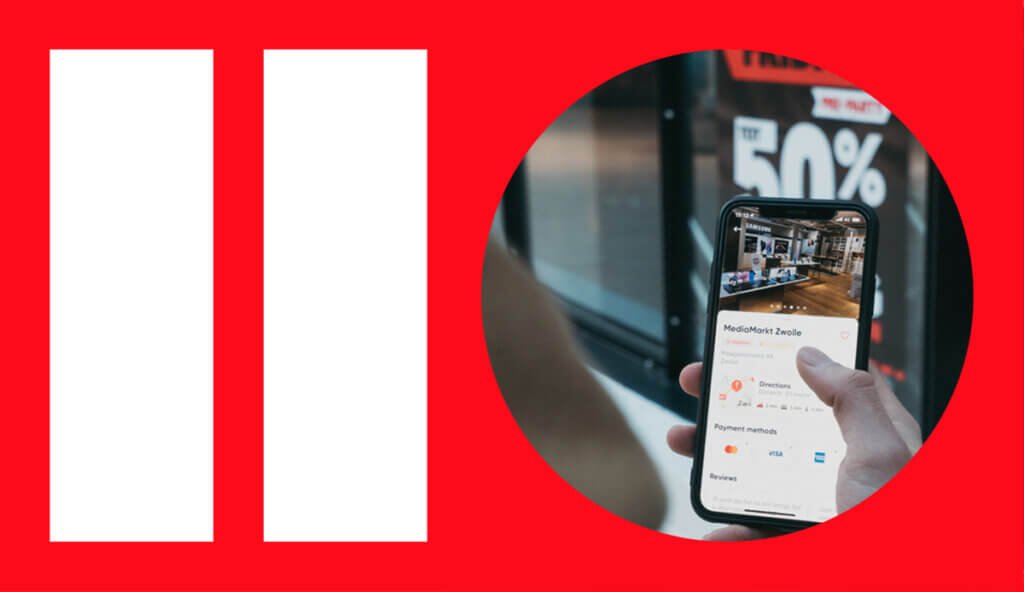
Why brands risk flying blind in a world of first-party data
In a piece originally published in Campaign, Jasvinder Bindra, Commerce Media Director, discusses the importance of Commerce Media. Find the original article here.
As dozens of new retailers with first-party data offer new advertising options, measurement will make or break effectiveness of media spend.
Everyone knows that retail media, led by Amazon, is eating Google and Meta’s lunch, which is why integrated digital campaigns have incorporated retail media spend for years.
Despite Google’s about-turn on cookies, which may well still set us on a path to a cookieless future under a different guise, first-party data will continue to be advertising gold. However, amidst the exponential growth of this industry we are about to enter an era of unprecedented fragmentation, and unless brands have a measurement plan for this future, they’ll be flying blind.
Let’s take a step back and appreciate the boom. In the US, Amazon leads by a massive margin, followed by Walmart and Target. Just how big is Amazon in this space? In 2023, it captured just north of 75% of US retail media spend. This is ten times the size of Walmart Connect. Here’s the big statistic: Amazon’s ad growth outpaced Google and Meta combined.
Amazon has, essentially, drawn up a template and other companies are following suit. In the fiscal year 2023, Walmart’s global advertising business generated $3.4bn, a whopping 28% increase on the year before. Is anyone surprised, then, that Jon Beill, the chief growth officer for Asda’s loyalty and media business LS Eleven, recently said that retail media is “exploding”? You shouldn’t be. Expect to hear more of this in the coming months and years.
Everyone is trying to create an integrated platform to capitalize on the rapidly growing media trend. The uptake is remarkable and includes Uber, Expedia, Kroger and Instacart, among many more. The margins are highly attractive in retail media, massively more alluring than the fine margins retailers typically work with, and so it is no surprise more players want a piece of the tasty pie.
As we all know, in a world where cookies play a diminished role – just how Google’s proposed cookie opt-in scenario will look in the long term is still up in the air – first-party data is gold. Google and Facebook target a wider audience which may result in substantially more impressions, but also higher costs.
Precise targeting is possible across Google and Facebook properties, however retail media offers brands the potential for 360 degrees measurement. This is the key difference when compared to Google and Facebook.
Brands need to understand where their consumers are and how to convert them through engagements and purchases. There are a number of tools in this toolkit, with retail media being an important one. Brands need 360-degree advertising options, and they need to optimise where spend goes to drive a higher return on investment.
We all know this, so what next? With more and more non-traditional advertising businesses joining the fray, there will be increased fragmentation in the retail media space.
For example, the status quo for a brand today may be a campaign on Amazon, Google and Facebook, but soon there will be new long tail of advertising networks to consider that have information on where consumers bank, shop, how they travel, where they go on holiday, and much more. That provides compelling advertising options.
It is clear that integrated, specialised, cross-channel media campaigns will need to navigate this fragmentation because brands want to see the effectiveness of all this spend. It comes down to measurement, which needs to stitch together every aspect of a campaign across various channels to show incremental performance across a dozen or more new platforms. Because these platforms don’t all speak to each other, brands need a partner to help them navigate this to a place where all data is in one place.
In order to achieve this, brands need to take these three practical steps to set up their businesses to accurately measure – and optimise – their media performance in an increasingly fragmented retail media landscape:
Investigate diverse ad networks
With retail media seeing increased fragmentation, marketers need to adapt by exploring diverse ad networks and platforms to reach consumers effectively.
Target robust measurement
Robust measurement is central to maximising the effectiveness of retail media. Marketers need to focus on incremental outcomes as measured through Media Mix Modelling and Geo-lift Testing.
Build first-party data assets
Building up robust first-party data assets can help increase the effectiveness of your retail media efforts, enabling better engagement and conversion rates across the retail media landscape.
Retail media is moving fast, and it will keep accelerating for quite some time. These three practical steps, that a good partner can help brands navigate effectively, will stand a brand in good stead to drive a more attractive return on investment amidst increased fragmentation.
Contact us to speak to Jasvinder or the team about how to maximize Commerce Media campaigns.

